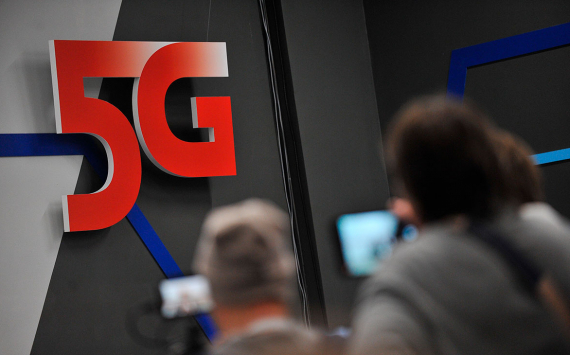
iPhone for a subscription
AT&T, Verizon and T-Mobile are seeking to reach a larger audience of loyal customers with expensive subscriptions that include 5G. Competing companies have returned to providing smartphones for free or at a discount in exchange for a guaranteed monthly subscription fee.
The three largest wireless carriers in the US AT&T (T), Verizon Communications (VZ) and T-Mobile (TMUS) are seeking a steady stream of revenue from loyal customers amid high costs and investment in building 5G networks.
To do this, the companies have returned to a practice that existed 10 years ago in the US market offering smartphones for free or at a discount in exchange for a guaranteed long-term monthly subscription, essentially a contract subscription.
US telecoms giants have already spent or committed over $83bn to acquire 5G licences. Getting as many contract subscribers as possible on tariffs that include 5G speed connectivity will create a steady stream of revenue for the companies, providing a good foundation to cover the huge costs and investments in 5G infrastructure and services.
The companies are also offering more expensive smartphones with contracted service on long-term hire purchases with minimal fees. All of these offers from AT&T and Verizon apply to both new and existing customers. Verizon's free smartphone contract provides an uninterrupted subscription fee for two years, while AT&T's terms are for up to three years. AT&T said it has resumed offering contract smartphones because the price of better smartphones has risen from $600 a few years ago to $1,000 or more today. Therefore, the offer will be of interest to both new and existing AT&T customers.
5G speeds will allow streaming services (Netflix, Disney+, YouTube) to be streamed in good quality on smartphones, and all 5G operators will benefit as their customers migrate from cheaper plans to more expensive ones with 5G.
Verizon said that about a fifth of subscribers have already signed up for these premium unlimited plans with 5G at the end of 2020, and that share is projected to rise to about 50% by the end of 2023.












































